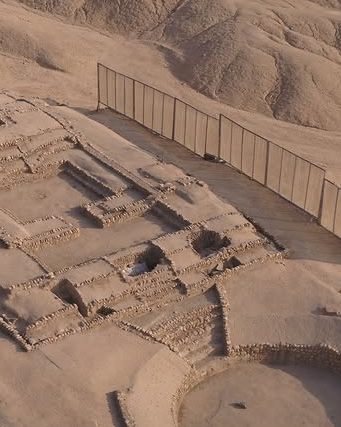Archaeologists have revealed the discovery of an ancient Peruvian city that once thrived as a major trade center more than 3,000 years ago.

Located in Peru’s Huaura province, just north of Lima, the city of Peñico was officially presented to the public last week, according to a statement from the Ministry of Culture shared with CNN. The unveiling follows eight years of archaeological excavation and preservation.
Experts say Peñico, established around 1800 BC, played a key role in connecting coastal societies in the Supe Valley with Andean highland and Amazonian communities. Built at an elevation of 600 meters, the city’s location was ideal for facilitating regional exchange, the ministry noted.
“This urban center emerged from the cultural legacy of Caral,” said Ruth Shady, chief researcher and head of the Caral Archaeological Zone (ZAC). “Its location enabled connections between the coastal and mountain populations of Supe and Huaura, as well as Andean and Amazonian regions.”
Archaeologists have identified 18 structures at Peñico, including ceremonial and residential buildings. Among the most prominent is a monumental public building labeled B1-B3, where researchers uncovered clay figurines, ritual artifacts, and “pututus” — conch-shell instruments once used in sacred ceremonies and public gatherings.
Scholars believe Peñico rose to prominence after the decline of Caral, possibly gaining status through its involvement in trading hematite, a red mineral valued for its spiritual significance in Andean culture.
Now open to tourists, the site features a modern interpretation center, visitor facilities, and guided paths through the preserved ruins.
The launch precedes the inaugural Peñico Raymi festival, scheduled for Saturday. The public event will honor the city’s ancient heritage through traditional music, art, rituals, and a ceremony to pay tribute to Pachamama, the revered Earth goddess in Andean cosmology